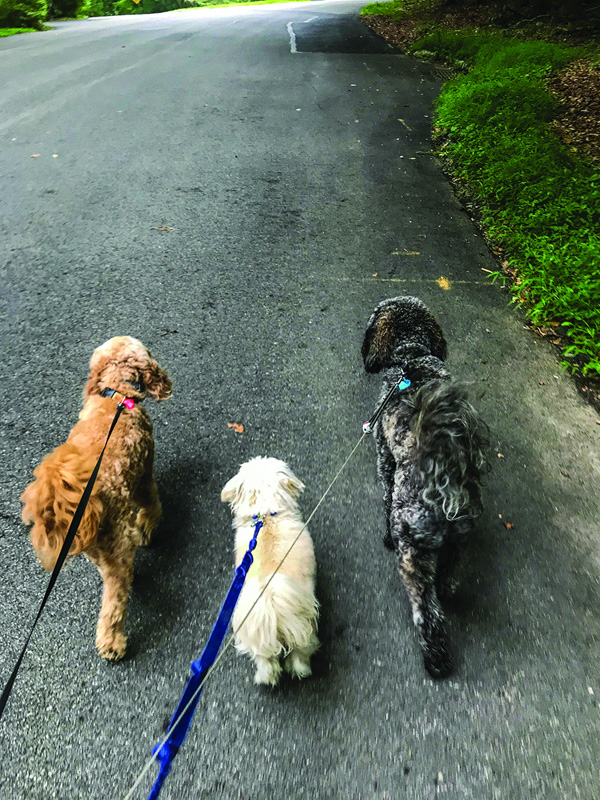So let’s continue with our 2-part series on what dogs dislike.
- Being made to interact with dogs they don’t like: like any other human, there are people I like and those that I choose to avoid. So why do some owners try to force their dog on other dogs? Are they delusional that their dog must love all other dogs? If you bother to read a dog’s body language you will see that this is clearly not the case. In fact, instead of achieving the goal of your dog having a friendly interaction with another dog, it could well escalate into a negative situation. Your dog knows who it wants to interact with, not you!
- Going for walks without opportunity to explore and smell: dogs live life through the nose. Yes, they can see, hear, taste and feel but their primary sense is smell. Dogs need the mental stimulation they get by being able to explore and smell stuff. Too many times we are in such a rush to get the walk over with that we miss the real essence of why we take our dog out in the first place. Yes exercise is important but not letting your dog explore and sniff is missing an opportunity to satisfy the need for stimulation. Also, try to vary the places you take your dog for walks as new places invariably mean new smells.
- Keeping a tight leash: A lot of communication happens along the length of your dog’s leash. By keeping the leash consistently tight is telling your dog that you are not at ease and this could well have the effect of ramping up your dog’s excitement level as well as adding to your dog’s stress or frustration. Wherever possible, keep the leash loose: this will signal to your dog that things are good and there is no need to be tense. A dog kept on a tight leash will likely be more reactive when meeting another dog than one on a loose leash.
- Being tense: whether you like it or not, your dog will pick up on your tension and become tense themselves. Whether you’re training your dog or simply out for a walk, try to relax.
- Being bored: as well as physical exercise, your dog needs mental exercise. The environment you create for your dog needs to be one where your dog feels stimulated. How this is achieved will vary with the age of your dog, its health and its breed. Play with your dog, talk to your dog, change its toys so there is variety, take different walks, let it play with different dogs it likes, take a course to learn new skills. This approach will change the “same old, same old” into something more fulfilling.
- Teasing: this is a bit of a no-brainer. Just like kids, dogs do not enjoy being teased. Don’t do something you know the dog dislikes just because you think it’s funny. Apart from potentially getting the dog so excited or mad resulting in you getting bitten, it may lead to other behavioural problems for the dog.
It’s really all about knowing your dog. By investing time to learn about your dog and study its body language, you will create a happier life for both you and your dog.
In response to Canada's Online News Act and Meta (Facebook and Instagram) removing access to Canada's local news from their platforms, Anchor Media Inc encourages you to get your news directly from your trusted source by bookmarking this site and downloading the Rogue Radio App. Send your news tips, story ideas, pictures, and videos to info@anchormedia.ca.









